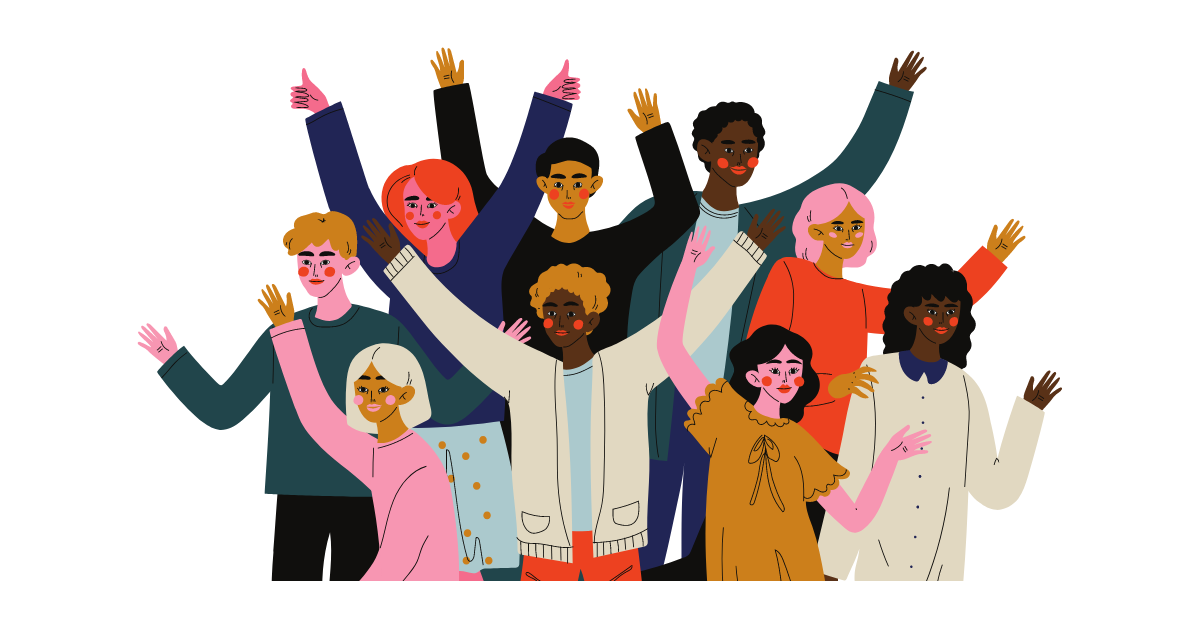A LinkedIn report found that 61% of U.S. workers are thinking about quitting their jobs in 2023. That number jumps up to 72% for Gen Z employees.
Ensuring a positive employee experience is critical for your company’s bottom line. While the rate of employees quitting their jobs in the U.S. has returned to pre-Great Resignation levels (2.4% now versus 2.6% then), employee expectations for working hours, benefits, and DEIB policies have changed for good. But these expectations aren’t being met by some employers, as workplaces struggle to continually adopt change at the same pace that workers have. Post-pandemic, strict return-to-office mandates, for instance, led to the highest levels of work-related stress and anxiety in workers since 2020.
So, what can employers do to promote a positive employee experience at work?
Work-life balance, flexibility, and psychological safety are just a few of the eight key factors usually present in workplaces that score high for employee experience. Let’s read through our collected employee experience examples from insiders at top companies to demonstrate how each factor contributes to employee happiness.
What is employee experience?
Employee experience describes how a company functions through the employee perspective. Employee experience is a holistic, worker-centered approach to looking at a business. It encompasses all aspects of an organization such as its physical environment, technology, processes, and workplace culture.
Employee experience means that leadership puts themselves in their teams’ shoes. When employers consider employee experience, they ask themselves, “How will our people feel about this decision?”
Why does employee experience matter?
A company is only as good as its people. Employee experience reaches across all touchpoints in the entire employee life cycle, from recruitment to retirement. When workers don’t feel equipped to do their best at work, it shows up in a number of ways. To look at some employee experience examples, impacts of a negative employee experience include:
- Absenteeism
- Quiet quitting
- Disengagement
- Work-related stress
Improving employee experience reduces these negative outcomes.
Employee experience vs employee engagement
Employee experience and employee engagement are often used interchangeably. The truth is that they’re not the same, but they are related. Employee experience is a means to achieving employee engagement. Both are important and impact your bottom line.
Employee engagement is a measure of how connected employees are to their work and organization, and how much they’re motivated by both. Promoting employee engagement means ensuring that the right set of conditions exist for employees to feel motivated to bring their best to work everyday.
Employee experience is the whole of an employee’s impressions about their organization, informed by smaller, day-to-day moments. Much like customer experience, employee experience begins even before there’s a formal relationship between them and an organization. It occurs with every small interaction that a person has with an organization, starting with the hiring process.
Employee experience frameworks
There are different ways to approach forming an employee experience strategy. First, consider the employee life cycle and what touchpoints exist:
Attraction → Recruitment → Onboarding → Retention → Development → Separation
The right employee experience model for your company should focus on a combination of factors that are social, psychological, and physical. Before developing an employee experience strategy, take stock of your current situation and how workers feel about their situation at your company. Conduct an employee engagement survey if you haven’t already.
Key factors for positive employee experience
What are employees looking for in a positive employee experience? Salary and benefits are, of course, always a top consideration. But that’s not the end-all-be-all for a satisfied employee. The second major reason employees quit during the Great Resignation: feeling disrespected at work. Clearly, there’s more to employee experience than salary.
Here’s what employees want:
- Trust. If leadership wants trust, they need to show trust to their employees.
- Work-life balance. No-pressure free time outside of work.
- Recognition. Being rewarded (which is nice), but also feeling valued.
- Psychological safety. This is critical to a learning environment.
- Flexibility. Not only a hybrid working model, but also the autonomy and opportunity to use their strengths as they see fit.
- Alignment of employee values with the company vision.
- Professional development to grow and improve.
- Belonging. It’s critical to your DEIB strategy.
8 employee experience examples
When considering the eight factors above, how are real companies incorporating them into their workplace cultures? Here are some employee experience examples for each factor as described by insiders at top firms. Click through for more details on how these companies achieved a positive employee experience.
- Trust at UnitedHealth Group. To promote trust, UnitedHealth Group ensures that Black leaders are represented, heard, and supported at the highest levels of the business. This creates a safe space for Black leaders while simultaneously positioning less-senior Black workers as meaningful contributors, too.
- Work-life balance at Mindbody. Mindbody is a company that orbits around health, wellness, and fitness. They encourage employees to create a work-life balance that allows space for personal pursuits and encourages them to bring creativity to problem-solving at work.
- Recognition at Zappos. At Zappos, employees are encouraged to recognize other employees. They have a peer-to-peer recognition program in place which allows employees to give a $50 reward to a colleague each quarter.
- Psychological safety at Meta. Psychological safety is the cornerstone of how employees feel like they can contribute to and learn within an organization. Meta provides a safe environment for neurodiverse people as well as mental health resources like resource groups and inclusive benefits.
- Flexibility at Veracode. At Veracode, employees have the option to decide where and what time they work. The company developed the policy and allows workers to change their choice throughout the year. A nonlinear schedule gives employees more autonomy over their work and social life.
- Alignment of values at Tackle. Most workers want to work for companies that align with their own values. Tackle recognizes that a strong workplace culture leads to greater productivity, engagement, and retention. Their Culture Working Groups and Community Pods help build a workplace that is passionate and intentional.
- Professional development at Slack. Employees want to feel like they’re learning and progressing within the organization. Slack uses mentorship programs to develop their team as both mentors and mentees. They have a program called First Graduate for employees who are first-generation college graduates. Other employees can sign up to mentor these individuals towards success and growth.
Real employee experience examples from real people
Employees experience a company through many interactions, just like customers do. Employee experience is a holistic approach to understanding how employees feel and where companies can improve life for them. There’s no one-size-fits-all model to improve employee experience. The best employee experience examples take into account these eight major factors by building policies to address them.




